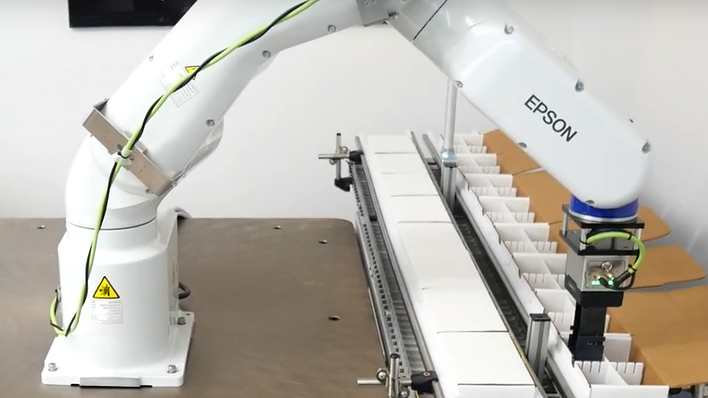Motivating employees to return to the office after getting used to working from home can be tough, but there are smart ways to do it.
In the wake of the Covid-19 pandemic, many of us have gotten used to working from home. Employees got a taste of what it would be like to have no commute and more free time. While some struggled to cope with the sudden decline in human interaction, many found at least some silver lining in working remotely.
Some companies have found the remote work model to be wildly successful; people are more productive, the company is saving money, and no one seems to miss the communal lunch breaks or in-person team building events.
But others are eager to get teams back into the physical office as quickly as possible, and with more and more Americans becoming fully vaccinated, concerns about Covid-19 won’t be standing in the way much longer.
This presents a dilemma. If your company wants to return to a traditional office model, but your employees want to stay working from home, what’s the right play? If you take a strict “come back or you’re fired” type of stance, your employees might just leave for one of the millions of businesses that now work remotely full time.
So what can you do to naturally attract employees back to the office?
Accept and Cut Your Losses
One of the first things you need to realize is that some people will prefer working from home, period. About 70 percent of workers would prefer working from home to working in a traditional office. Among workers aged 35 to 44, the figure is 81 percent.
There’s not much you can do to convince these people that coming back to the office is a good idea that will benefit them. If you take a hard stance or if you push too hard, the most steadfast members of your team may leave to join the ranks of a fully remote organization. Are you prepared to deal with those losses?
Make the Office Itself More Attractive
If the physical office is made more attractive to employees, the transition back could be more appealing–or at least more tolerable.
Consider:
- Furniture and amenities. Investing in more robust offices, better desks, and a decked-out break room could make your office put any home office to shame. You don’t need to offer a total Xanadu for your employees, but your office should be comfortable and supportive of high productivity.
- Cleanliness and upkeep. You’ll also need to invest in cleanliness and upkeep since most of us are happier and more productive in a clean environment. Hire a professional cleaning staff and make sure they’re equipped with the right cleaning tools for the job.
- Other perks. Can you improve the office environment with other perks for employees? For example, can you design a better parking solution?
Rebuild the Culture
Your next job will be rebuilding the company culture. What kind of environment and values do you want for your employees? What’s going to keep them together? This is a great opportunity to reevaluate your company’s core values, collaborate with leadership to set better examples for employees, and brainstorm about ways to encourage more bonding and camaraderie. For example, can you host more team building events? Can you encourage more frequent breaks?
Offer Flexibility or a Hybrid Model
If most of your workforce wants to stay remote but you’re interested in a traditional model, your best solution could be some kind of compromise. You could work to establish a hybrid model or simply offer more flexibility for your employees.
For example:
- Split between office days and remote days. If you’re not hurting from remote work, consider allowing remote work on certain days of the week. For example, you could set office days as Monday, Wednesday, and Friday, with remote days Tuesday and Thursday.
- Incorporate flex hours. You could also incorporate flex hours, allowing employees some degree of flexibility when coming to work. It could help them avoid the pain of rush hour traffic and allow them to spend more time with their families.
- Use remote work as a reward. Consider offering remote work as a reward. For example, it could be a privilege for people with a certain amount of experience or be a temporary reward for exceptional work.
- Design role-specific models. You might also devise different setups for different roles–as long as you’re prepared for potential jealousy between departments or positions.
Getting people back to the office might be a difficult task, especially if your team is thriving in a remote-work environment. But if you want to have a closer, more personally interactive culture, it might be the right move.
This article was written by Larry Alton from Inc. and was legally licensed through the Industry Dive publisher network. Please direct all licensing questions to legal@industrydive.com.
![]()



